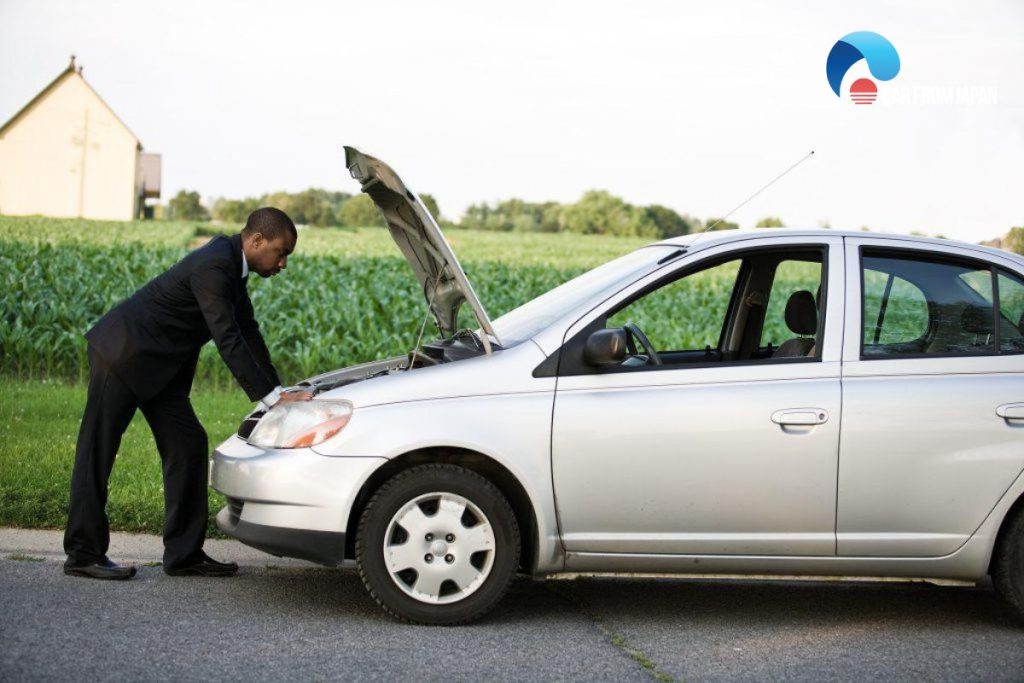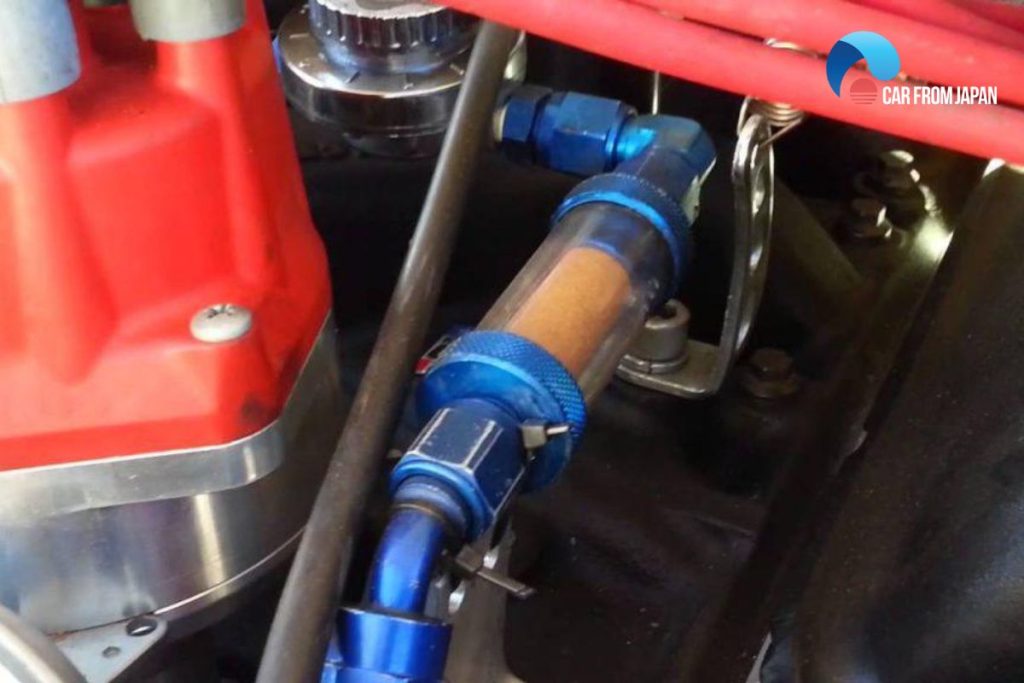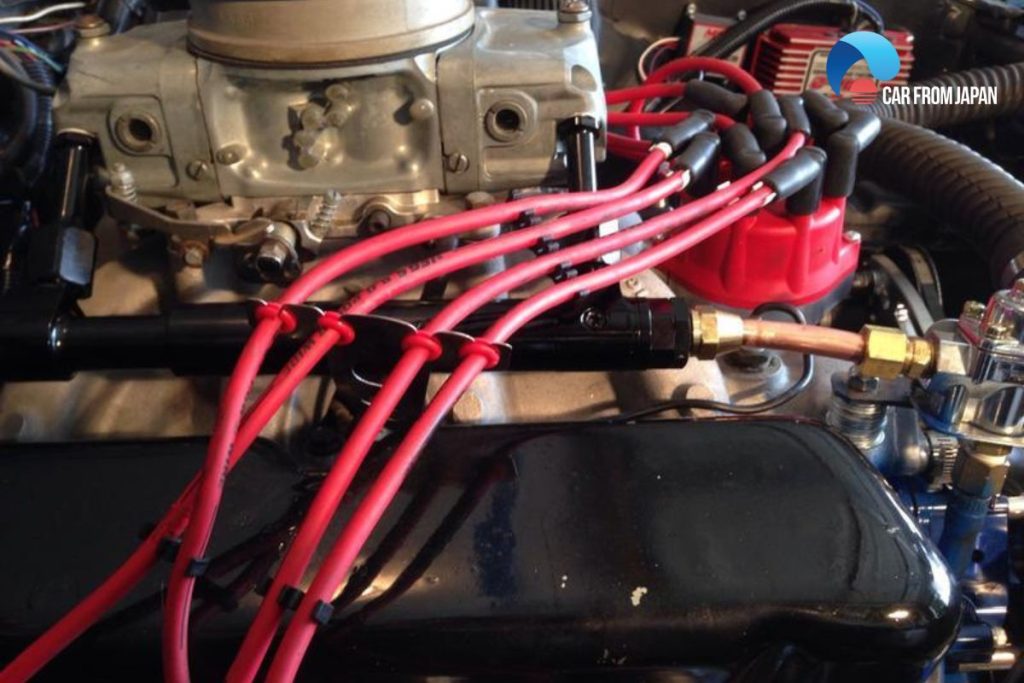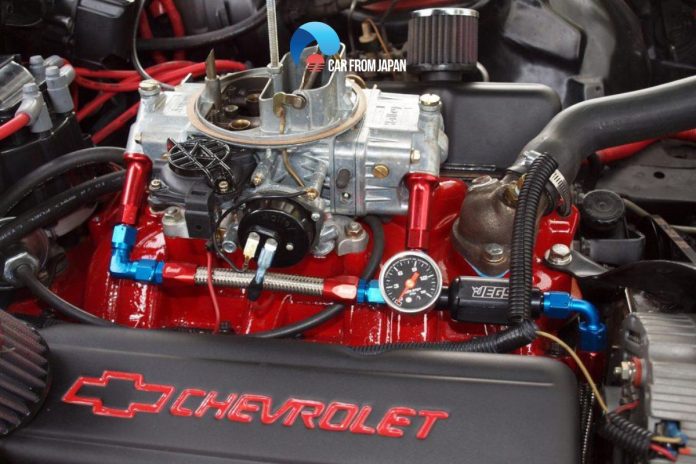Vapor lock is the real problem with older engine automobiles. Newer vehicles come with unique fuel injection systems. The problem is not so familiar with modern technology vehicles.
Vapor lock occurs when the car engine gets heated up with continuous acceleration and deceleration. The automobile engine has to work harder during the hot summer days.
An automobile engine runs hotter than usual in the stop-go traffic. This extreme heat vaporizes the fuel in the carburetor and fuel pump. It prevents the fuel from reaching the specific fuel lines and results in the engine stopping.
One might wonder how to fix vapor lock easily. Why don’t we find the causes and ways to repair it in detail?
Let us understand the vapor lock and its causes & incidence.
Contents
How To Fix Vapor Lock? The Process & Preventive Measures
Modern cars have an electric fuel injection system. The latest fuel injection technology releases the fuel as per the engine requirement.
The carburetor feeds the engine with an appropriate amount of fuel. It prevents modern engines from having vapor lock issues as well. Vapor lock causes the engine to stop in older cars due to fuel overheating.
The location of the carburetor inside the engine system matters a lot. The problem is higher in engines with carburetors located next to the entire fuel system.
The fuel lines and pumps become extremely hot during hot days. It results in a vapor lock in an automobile.
The fuel turns into vapors due to excessive heat in the engine system. These vapors block the fuel from entering the fuel pump and stop the engine from running.
A vehicle might run roughly or stop when the fuel no longer reaches the combustion chamber. You might think cooling fans can cool down the engine in stop-and-go traffic.
The cooling fans are ineffective in constant acceleration and deceleration of the car. These fans are unable to cool down the engine properly.
That is when the vapor lock occurs. Modern vehicles have an electric system that controls fuel suction and temperature. It automatically detects the temperature and cools the engine down when it overheats.

See More: What are the Symptoms of Bad Purge Valve? Find Out Here
Let us talk about the preventive measures regarding how to fix vapor lock here!
Modern electric fan
Installing the latest technology electric fan might come in handy. These cooling fans run automatically when the engine overheats. It is helpful to get rid of the vapor lock and prevent the engine from stopping.
Low-pressure electric fuel pump
Adding another low-pressure electric fuel pump to the engine compartment is also a preventive measure. It will keep the engine running when the original pump heats up.
The car will keep running until the engine compartment cools down. One can easily switch it ON when the original pump gets out of order.
Heat shield
The heat shields are easily available in the market. It keeps the heat away from the fuel combustion chamber.
Installing a heat shield assists in staying away from vapor lock. It is the topmost preventive measure according to expert maintenance tips.
Additional fuel lines
Fuel lines block due to excessive heat present inside the chamber. Adding an extra fuel line might be helpful to get rid of the dilemma. One can protect the fuel line with available methods for insulation as well.
Carburetor to carburetor fuel line
A longer carburetor-to-carburetor fuel line is another measure one can take. The longer fuel line will take enough time to heat up. It will prevent the fuel from vaporizing and blocking the fuel pump.
Additional fuel lines can be set up to prevent engine stopping. It will keep your car run for longer as well.

How To Fix Vapor Lock?
Vapor lock is a problem that can occur in a car’s fuel system, typically in older vehicles or certain conditions of high heat.
It happens when the fuel in the lines or carburetor turns into vapor instead of remaining in liquid form, which can disrupt proper fuel flow and cause the engine to stall or run poorly.
Let us divide the fixing process into simple steps regarding how to fix vapor lock.
Cool down the fuel pump
Pouring cold water on the fuel pump will cool down the system in no time. Make sure the ignition is OFF while you do the process.
The cold water will liquefy the vapors quickly. It removes the blockage of vapors present inside the fuel pump and lines.
One should wait for a little time before turning the ignition ON. Do not pour cold water for a longer time as it may cause engine-related issues.
Turn the engine on
You can start the vehicle once the vapors are back in liquid form. You should gently press the accelerator at the same time while turning the ignition.
Softly depressing the accelerator will release the appropriate amount of fuel to the combustion chamber. One should not press the accelerator down.
It will release enough fuel to the chamber that may not be good for the engine. Press the throttle until the engine runs smoothly.
The engine might produce odd noises for a while. This is because the fuel will clear the remaining vapors from the fuel line.

FAQs on How To Fix Vapor Lock
Can vapor lock still happen in modern fuel-injected cars?
It’s rare, but possible.
Modern systems use pressurized fuel lines that resist vapor formation, but a failing pump or clogged return line can still trigger it.
Why does vapor lock happen more often after you turn the engine off?
When you shut off the engine, coolant stops circulating and under-hood temps spike, boiling fuel sitting in lines or rails, the next restart becomes difficult until things cool down.
Why does vapor lock mostly affect classic or carbureted cars?
Carburetors and mechanical fuel pumps operate at low pressure, making fuel more prone to vaporization.
Fuel-injected engines use much higher pressure, which keeps fuel liquid even in hot environments.
How does altitude affect vapor lock?
At higher elevations, atmospheric pressure is lower, meaning fuel boils at lower temperatures.
That’s why vapor lock was historically common in mountain driving.
Is pouring water on the fuel pump or lines a legitimate temporary fix?
Surprisingly, yes. Old-school mechanics did this to cool components and re-condense vapor back into liquid fuel.
It’s a short-term fix, not a real repair!
Watch this video from CelGenStudio to learn more about engine vapor lock and how to deal with it!
End Note
That’s all! It is the complete information on how to fix vapor lock properly. Following the preventive measure will assist in staying away from the dilemmas.
You might fall in trouble if the engine stops running in the middle of the traffic. So, stay safe!




Vapor lock occurs when the car engine gets heats up with continuous acceleration and deceleration. It is a problem that mostly affects gasoline-fueled internal combustion engines. It occurs when the liquid fuel changes state from liquid to gas while still in the fuel delivery system. To fix the vapor lock, we have to pour cold water over the fuel pump so that the system will become cool sooner. When the vapors have been changed into liquid, we should turn the engine “on”. We can also prevent the vapor lock by the methods described by the author in this blog.